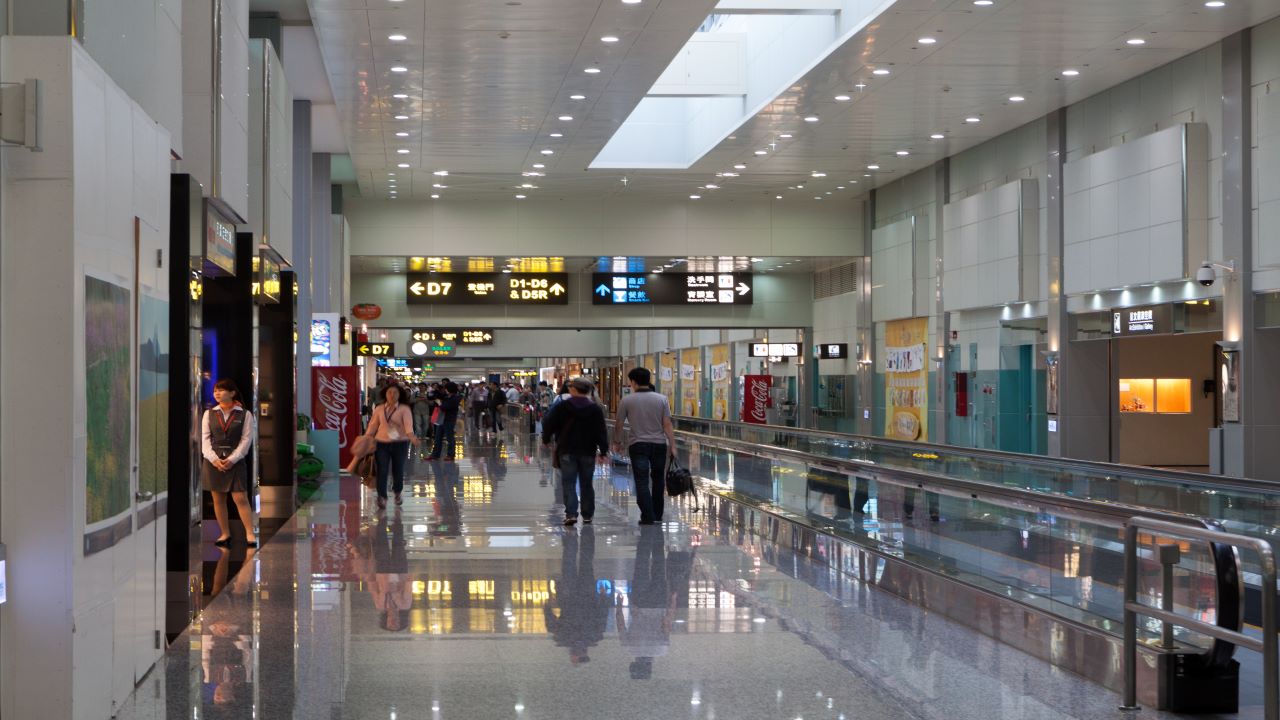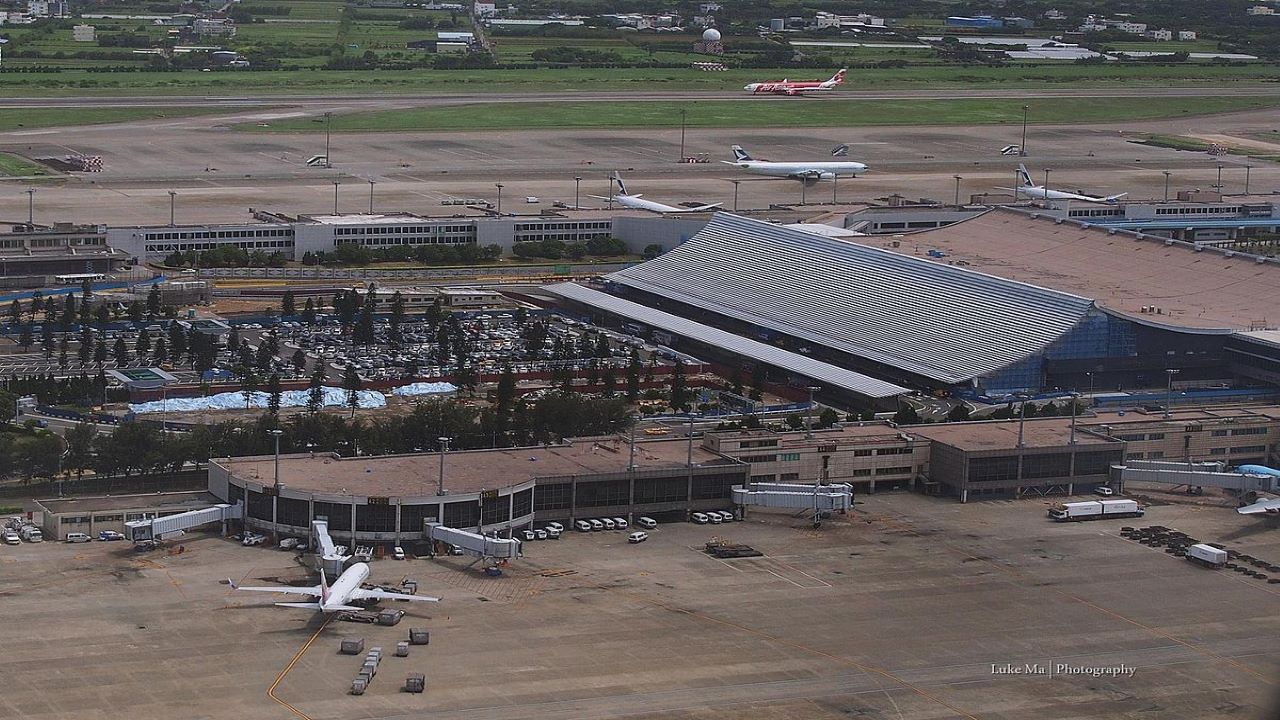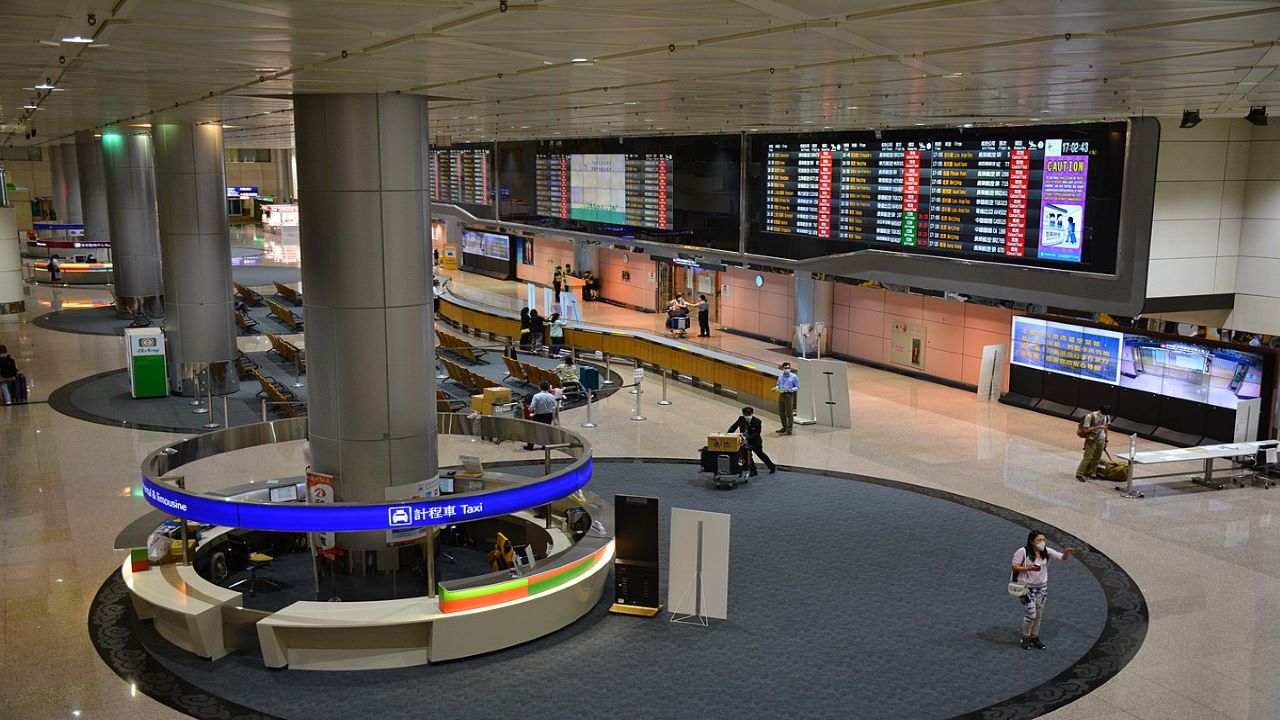Taiwan Taoyuan International Airport (TPE), the 11th busiest airport in the world and the largest in Taiwan, is being expanded through the development of its third terminal to increase the service capacity.
Terminal 3 will provide improved services for both existing and new passengers. Being developed with an investment of $1.56bn, the terminal project is currently the single largest construction project in Taiwan. One of the major expansion projects of the airport, Terminal 3 will have the capacity to handle 43 million passengers a year upon completion in 2026.
The project will enable Taiwan Taoyuan International Airport to meet increased passenger growth and become an air travel hub for East Asia. It is expected to create 200,000 to 300,000 new jobs. The project will support future growth and transform the airport into a major aviation hub, with the terminal set to serve as a significant source of economic growth in the country.
The international airport currently has a handling capacity of 25 million passengers a year, which is expected to increase to 60 million by 2030.
Taiwan Taoyuan International Airport Terminal 3 project details
Taiwan Taoyuan International Airport was previously known as Chiang Kai-shek International Airport. The Terminal 3 project is the main component of the Taoyuan Aerotropolis Plan, which includes the construction of a new terminal building, multi-functional building, concourses and aprons on the north, west, and south of the new terminal.
With a gross floor area of 540,000m², the new terminal is being built between Terminal 2 and the China Airline headquarters. A ground transportation centre, commercial real estate and car park will be built between Terminals 2 and 3. The terminals will include regional light rail system stations.
Taiwan Taoyuan Airport Terminal 3 design and features
The project includes the T3 main building and concourse, multi-function building, airport ground access system and a people mover system. T3 is designed as a smart and green terminal that will also provide entertainment and leisure facilities to travellers.
The terminal’s design is inspired by Taiwan’s landscape and the surrounding sea. The adjustable scaling of the interior spaces will provide the passengers with spatial clarity in all areas to reduce stress and support wellbeing and comfort.
The main roof structure of the terminal will be supported by a series of four-legged towers, known as banyan columns, along the spine of the building with 36m and 72m spans arranged alternatingly in the west-east direction. The new terminal facility will be connected to Terminal 2 to create a mega-terminal. T3 will also provide a connection to the departure hall in the north expansion area.
The project will include airside facilities such as an apron, taxiway, and service roads, along with other related systems including baggage handling, sanitation, communication, sewage treatment and fuel pipeline. Additionally, the terminal project will include commercial planning, baggage handling concept, air traffic forecast and master plans for aviation fuel and stormwater drainage.
Contractors involved
The contract to provide consultancy services for the Terminal 3 project was awarded to a joint venture (JV) of TY Lin International Taiwan (TYLI), NACO Netherlands Airport Consultants and Parsons Brinckerhoff.
NACO is responsible for design review and construction management as the general consultant for the project while Parsons Brinckerhoff was contracted for the project management and design review of mechanical-electrical plumbing (MEP) and flight information display system (FIDS).
Arup, in a JV with Rogers Stirk Harbour+Partners, CECI and FCA, was contracted to provide services such as airport planning, structural engineering, facade design, building services and sustainability, digital service, fire engineering and security.
NACO’s affiliate InterVISTAS was selected to develop a comprehensive commercial plan for T3 and the new multi-functional building. As part of a consortium with BES Engineering and ST Engineering, Siemens Mobility was awarded a contract to supply signalling and communications for two new stations at T3 of the airport in November 2019.
BES Engineering is providing the power supply system while STE is delivering smart rail electronics solutions, including supervisory control and data acquisition (SCADA), platform screen doors and an integrated suite of communication systems.
A consortium of Samsung C&T and RSEA Engineering was awarded a $1.56bn contract to build Terminal 3 in March 2021.






